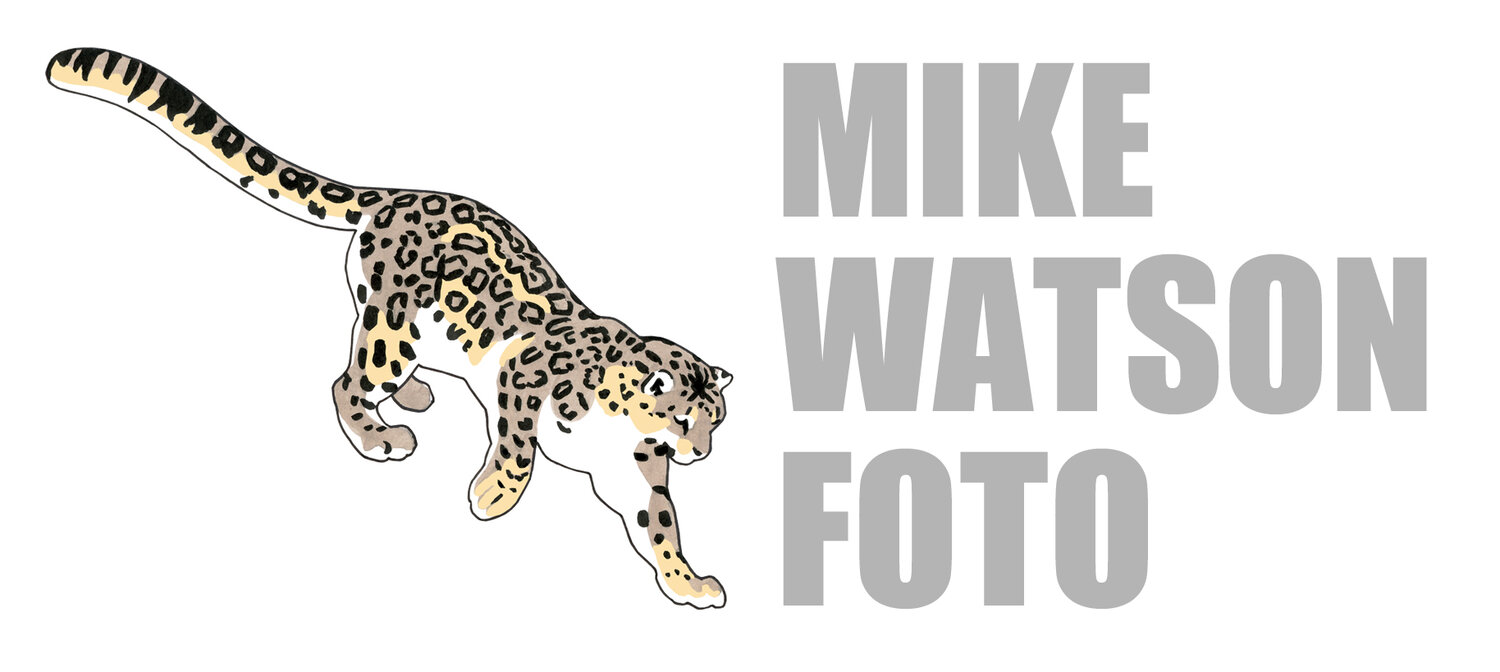Eurasian Lynx, Belowezhskaya Pushcha NP.
An evening drive north into the vast Beloweshskaya Pushcha National Park protected area of the forest produced around 20 Wild Boars, 10 Red Deer, 2 Western Roe Deer as well as the desired European Bison, a bull in the evening in a quiet meadow followed by another nearby at dusk. A Eurasian Nightjar and a Long-eared Owl were also spotlit but the highlight of the drive (and the whole tour for all) was the Eurasian Lynx that Dima spotted trotting along the side of the road, wagging its short black tail. It occasionally veered off into the understory next to the road but soon returned to continue on its way somewhere. Dima was able to attract its attention to look round at us from time to time before it finally disappeared after around 20 minutes. Fabulous! After hearing that our guide at Vygonoshansky has only seen lynx twice ever and our guide at Belowezhskaya sees it around three times per year we were not expecting this!
The weather was still rather changeable and rain hammered down as we headed to the forest again for our final day’s birding. Happily the downpour gradually to eased to another fine sunny day and we enjoyed a pleasant morning with a couple of surprises. First of all we visited a Tengmalm’s Owl nest hole in a dead pine tree stump, formerly home to a Black Woodpecker family. Its occupant soon popped its head out of the hole with its Collins Guide ‘astonished look’ on its face and glared at us for a while before deciding we were not worth any more attention and shuffling back into the dark hole. En route to another hole appointment a Pine Marten crossed the road, soon followed by another. Eventually we reached the place to be and were surprised to see that the Eurasian Pygmy Owl we were hoping to see was already looking out of its hole in our direction. It duly obliged with a nice view for all before we left it to tend its nest. What a great trio of sightings to start the day!
After lunch we had a quick look around the animal enclosures, with their sad inhabitants before making our way to the ancient oak grove. Woodpeckers abounded here with White-backed and Middle Spotted particularly welcome. It was hard not to be impressed by the size of some of the ancient deciduous trees here, now a rare sight in lowland Europe and their fallen ancestors left to rot where they fall providing much food for the rest of the ecosystem. Flycatchers were also here too with European Pied, Collared and Red-breasted.

